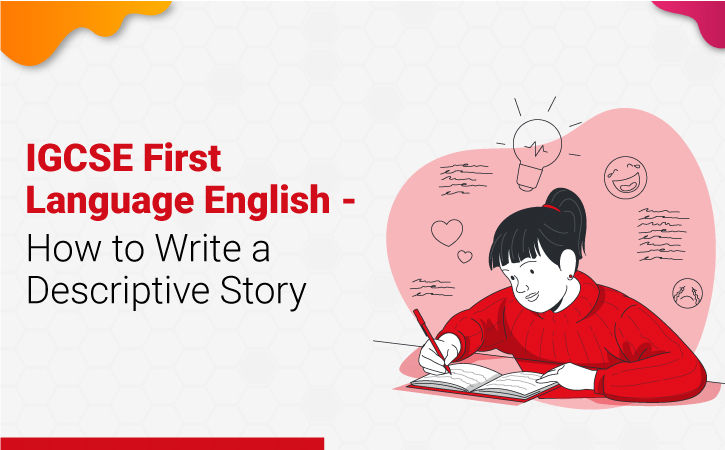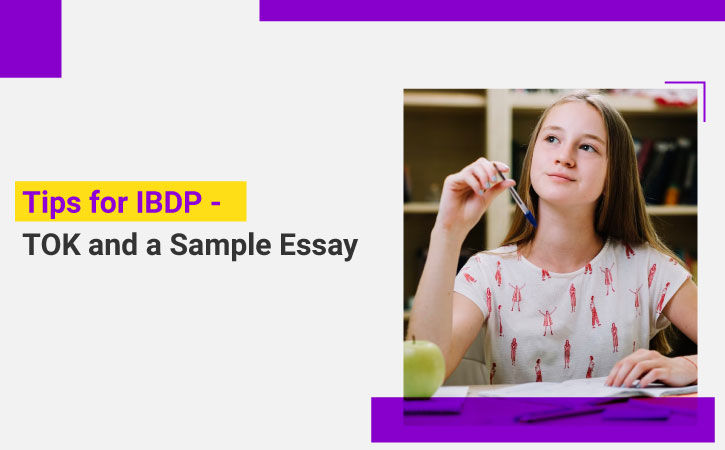

IGCSE (International General Certificate of Secondary Education) offers up to 70 subjects to its students, including more than 30 languages. Students can take them in any combination. The groups under which the subjects are ordered are
There are two options for the language English – English as the first language (EFL) and English as the second language (ESL)
Cambridge IGCSE First Language English (EFL) is curated for students whose first language is English. The course enables the students to
Cambridge IGCSE Second Language English (ESL) is curated for students whose native language is not English but who have a working knowledge. The course enables the students to
Thus, the students improve their communication abilities in this language, increasing their opportunities for further studies or for a planned career.
To choose the right option, consider two major parameters
Paper 1 and Paper 2 of the EFL require the students to respond to texts provided in the examination.
Paper 1 – Extended response to reading – requires the students to respond in 250-350 words to one of the following text types – speech, letter, report, journal, interview, and article
Paper 2 – Directed Writing – two questions
Paper 1 and Paper 2 of the ESL require the students to attempt the followingly.
Students need to
Let us learn more about the descriptive writing question which is part of Paper 2 of English as the first language (EFL). This question tests the following assessment objectives:
Descriptive writing describes a person, place, or thing in a way that enables the reader to actually visualize and feel it.
Sight, Smell, Touch, Hear, Taste
Talking vividly about what he sees and what emotions that action evokes in him.
Example:
At nine o’clock in the morning, Global Computer Graphics was already bustling with activity. There were eight modular cubicles, occupied by computer whizzes, all young and busily building websites. The employees in their crisp uniforms were walking up and down. This hustle and bustle were slowly building into my monotonous morning.
Now the student can add on the sounds he hears and write how it impacts him.
Example:
Ashley Patterson was taking a hurried shower, late for work, when she heard a sound. A door opening? Closing? She turned off the shower, listening, her heart pounding. A shiver ran through her wet body. Was it a burglar?
The element highlighted here – is fear.
Smell always has the power to link us to the past and familiar smells can trigger our memories and emotions. This is referred to as olfactory imagery. The student can elaborate on the smell sensory to recreate a past memory.
Example:
The sweet fragrance of the honeysuckle always reminded Jenny of her mother’s perfume.
He woke up to the smell of burnt toast and all he wanted now was a hot cup of coffee.
The element highlighted in both the above examples is memory – but first, a pleasant one and in the second, an unpleasant one.
The kid took a bite at the red juicy apple and smiled as sweet as the sweet, soft fruit filled her mouth and the juice ran down her chin.
The reader already would be feeling hungry and want to bite into an apple now.
The masseuse rubbed the lightly fragranced warm lavender oil across her stress-riddled shoulders. The gentle rubs felt so comfortable and made her sleep.
The reader can feel the effect of a good massage.
Writers must do their best to lure the readers into the story. And that is the reason, we love a good novel or script. We can step out of our everyday lives and walk into the descriptive fantasies of the stories with new adventures. And as such, writers should be doing more than describing a green grassy hillock or mentioning the sound of the crashing waves on the rocks in rough weather. There are many ways to develop a sense of imagery. Apart from the sensory imagery discussed above, more ways are:
After the student has done planning out the response using the sensory imagery, he needs to choose an apt title. If the title is already mentioned, he needs to use it. He has to make sure that the title he chooses is relevant to the themes of the descriptive.
It is not necessary that all 5 sensory imagery needs to be used. In fact, sometimes there may be no need for the imagery at all. So, the student needs to plan the story carefully.
Manya – The Princeton Review offers end-to-end study abroad services encompassing admissions consulting services, test preparation, English language training, career assessment, and international internship opportunities to study abroad aspirants. Founded in 2002, Manya holds an impeccable track record of enabling more than 4 lac students to accomplish their study abroad dreams through its network of 47+ centers across India.
Manya has formed long-lasting global alliances with several market leaders in the education industry in order to maximize the benefits of its large service portfolio. Their list of esteemed partners and affiliations includes – The Princeton Review (TPR), Cambridge University Press (CUP), Cogito Hub, British Council, Tuding to name a few. Manya has also forged 600+ partnerships with international universities across top study abroad destinations.
Book your Free Counselling Session now!Comparable to discussing a photo or a video clip is descriptive writing. When someone reads your description, they should be able to virtually exactly recreate the vision you described in their minds. Like telepathy, in a way. It’s crucial to be specific, so keep that in mind.
A descriptive essay typically comprises three body paragraphs, a conclusion, and a strong thesis statement at the end of the introduction. Yet, a description need not follow a set pattern.
A statement that introduces the subject and briefly discusses its importance. supporting phrases that use the specifics you listed during brainstorming to explain the topic in clear, vivid terms. a short summary that links back to the relevance of the subject.
A descriptive essay is supposed to provide a detailed description of a certain place, item, or concept, whereas a narrative essay is intended to present a whole story.
The three types of descriptive writing are:

Tips for IBDP-TOK and a Sample Essay